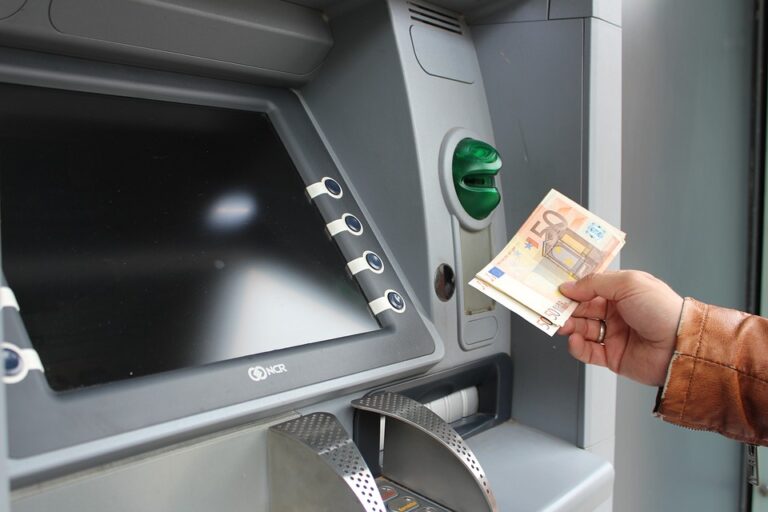Last updated Aug. 3, 2024 by Okechukwu Nkemdirim
<!DOCTYPE html>
<html lang="en">
<head>
<meta charset="UTF-8">
<meta name="viewport" content="width=device-width, initial-scale=1.0">
<title>The History of Women and Loans</title>
<style>
.short-answer {
position: relative;
padding: 20px;
padding-top: 30px;
background: #DFF9ED ! important;
border-color: #b0edd2 ! important;
border: 2px solid ! important;
border-radius: 6px ! important;
margin: 22px -3px 23px 0px ! important;
}
.short-answer h3 {
margin-top: 0 ! important;
}
</style>
</head>
<body>
<h1>The History of Women and Loans</h1>
<p>Throughout history, women have faced significant barriers in accessing financial services, including obtaining loans. This article explores the journey of women and loans, highlighting key milestones and challenges faced along the way. From ancient times to the present day, we'll examine how societal norms, legal restrictions, and economic policies have influenced women's access to credit and loans.</p>
<h2>Ancient and Medieval Times</h2>
<p>In ancient civilizations such as Mesopotamia and Egypt, women had some access to financial resources, although their economic roles were generally limited. Women in these ancient societies could own property, manage businesses, and in some cases, lend and borrow money. However, they often required approval from male relatives.</p>
<p>During the medieval period in Europe, the situation became more restrictive. Women's legal and economic rights were severely limited by feudal laws and customs. A woman's financial affairs were typically controlled by her husband or father, and she had little autonomy in borrowing money or managing property.</p>
<h2>The 19th Century: Slow Progress</h2>
<p>The 19th century marked the beginning of slow progress for women in accessing loans and credit. The rise of the women's rights movement helped highlight issues of economic equality. In some countries, married women began to gain property rights and the ability to enter contracts independently of their husbands.</p>
<p>For example, in the United States, the Married Women's Property Acts were passed in various states, allowing married women to own property in their own names and enter into contracts. However, these laws varied widely, and many women still found it challenging to secure loans without a male guarantor.</p>
<h2>20th Century: Strides Towards Equality</h2>
<p>The 20th century saw significant advancements in women's financial independence. The feminist movements of the 1960s and 70s played a pivotal role in advocating for equal economic opportunities. The passage of the Fair Housing Act in 1968 and the Equal Credit Opportunity Act (ECOA) in 1974 in the United States were landmark achievements in this regard.</p>
<p>The ECOA made it illegal for creditors to discriminate against applicants based on gender, marital status, race, religion, or national origin. This act opened doors for women to access credit and loans without needing a male co-signer, marking a significant shift towards financial equality.</p>
<div class="short-answer">
<h3> ✓ Short Answer</h3>
<p>The 20th century brought considerable progress in women's financial independence. Landmark legislation like the Equal Credit Opportunity Act of 1974 enabled women to obtain loans without needing a male co-signer, reflecting a pivotal shift towards equality in financial matters.</p>
</div>
<h2>Microfinance and Women's Empowerment</h2>
<p>In recent decades, microfinance has become a powerful tool for empowering women in developing countries. Microfinance institutions provide small loans and financial services to women entrepreneurs who lack access to traditional banking. Organizations like Grameen Bank in Bangladesh, founded by Muhammad Yunus, have demonstrated the transformative impact of microfinance on women's economic empowerment.</p>
<p>Microfinance not only provides women with the capital they need to start or expand businesses but also fosters a sense of independence and self-worth. Studies have shown that when women have control over financial decisions, it leads to improved living standards, better education for children, and overall community development.</p>
<h2>Contemporary Challenges and Opportunities</h2>
<p>Despite significant progress, women still face challenges in accessing loans and credit, particularly in certain regions and industries. Gender biases in lending practices, lack of financial literacy, and socio-cultural barriers continue to hinder women's access to financial services.</p>
<p>However, there are also opportunities for growth and improvement. Fintech innovations, such as digital lending platforms and blockchain technology, have the potential to revolutionize the way women access credit. These technologies can provide more inclusive and transparent lending processes, reducing bias and expanding opportunities for women entrepreneurs.</p>
<h2>FAQs</h2>
<h3>Why was it difficult for women to get loans historically?</h3>
<p>Historically, women faced considerable barriers to financial inclusion due to societal norms, legal restrictions, and economic policies that prioritized male authority. Women often needed male guarantors for loans and had limited property and contract rights.</p>
<h3>What is the Equal Credit Opportunity Act (ECOA)?</h3>
<p>The Equal Credit Opportunity Act (ECOA), passed in 1974 in the United States, made it illegal for creditors to discriminate against applicants based on gender, marital status, race, religion, or national origin. This act significantly enhanced women's ability to access loans and credit independently.</p>
<h3>How has microfinance impacted women in developing countries?</h3>
<p>Microfinance has had a transformative impact on women in developing countries by providing small loans to those who lack access to traditional banking. This access to capital fosters entrepreneurship, improves living standards, and empowers women to take control of their financial decisions.</p>
<h3>What modern solutions help women access credit today?</h3>
<p>Modern solutions such as digital lending platforms and blockchain technology have the potential to revolutionize women's access to credit. These fintech innovations offer more inclusive and transparent lending processes, reducing biases and expanding opportunities for women entrepreneurs.</p>
</body>
</html>



